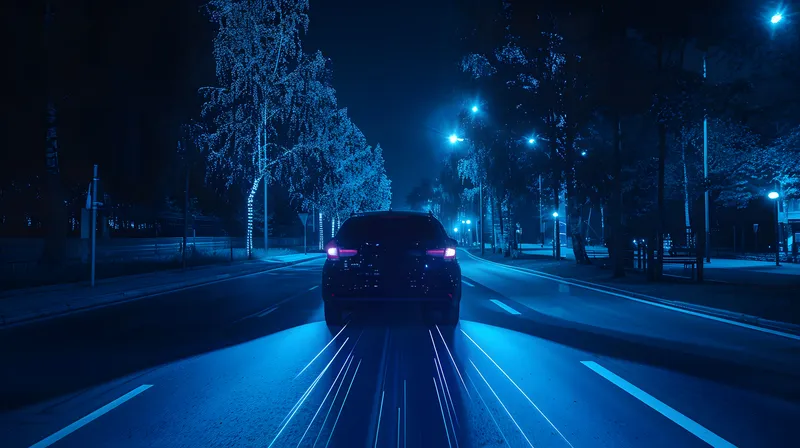Fujinon (Europe) and Fujifilm Europe have completed a merger through which Fujifilm has taken a major step towards the consolidation and integration of core business activities in Europe. Prior to that, in July 2010, Fujifilm Corporation, Tokyo, had absorbed its wholly-owned direct subsidiary Fujinon Corporation which lead to respective changes being initiated in other regions of the world.
April 18, 2012
Read time: 2 mins
Before the merger Fujinon (Europe) GmbH operated mainly in two market segments: medical endoscopy systems and optical devices, primarily lenses, used in a range of applications including surveillance, machine vision and traffic, as well as TV and cine lenses.
Now that the merger has been completed, within Fujifilm Europe the endoscopy systems unit has been integrated into the European Business Domain Medical Systems since it supplements the existing product portfolio. Meanwhile, the optical devices business has been established as a new European business domain within the Fujifilm Europe organisaiton. As a result, the company says that this sector will be given an enhanced and widened platform for successfully expanding its activities.










